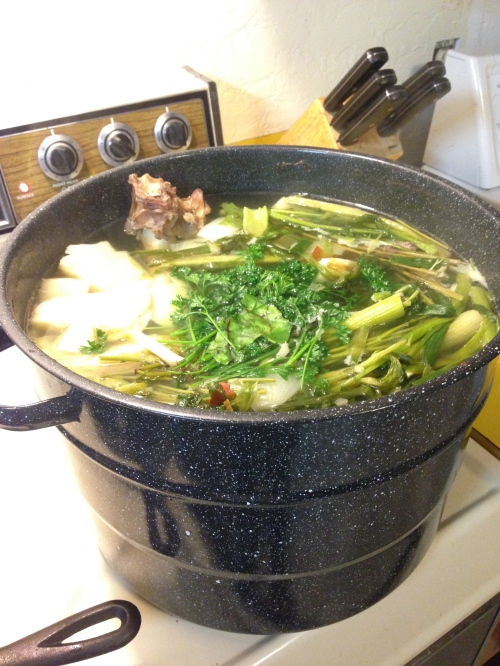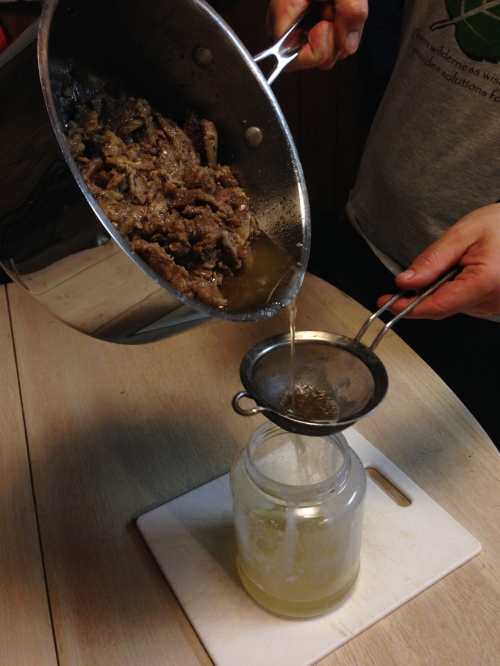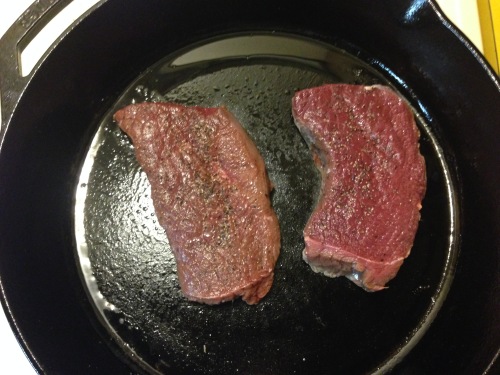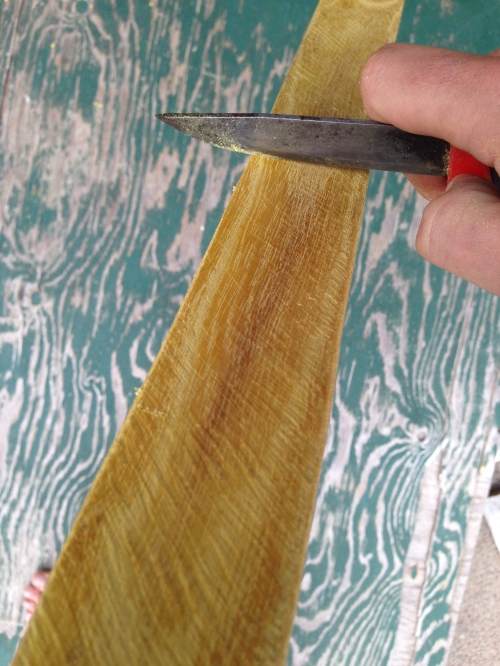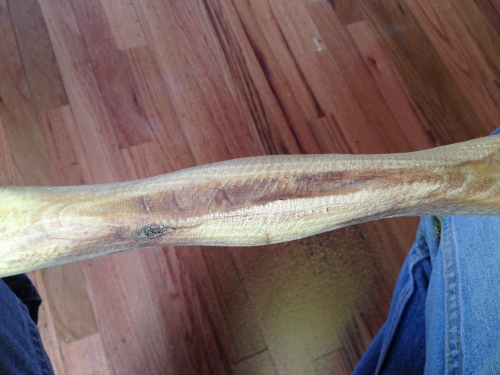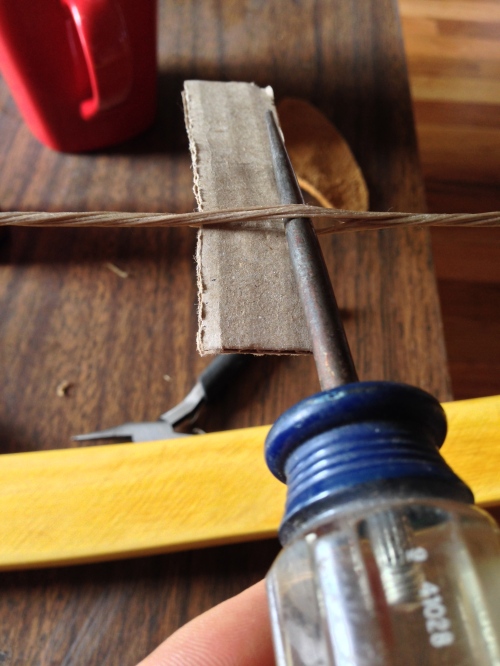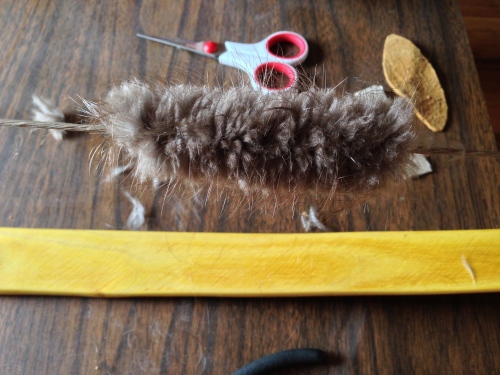Hunting is one of the few primitive activities still enjoyed by many modern humans and it is different for everyone. Some hunters head out into the woods and blast a trophy bull elk at 300 yards, remove the head for a mount and go home satisfied. Others have a heavy emotional experience of killing a beautiful animal so that they may live in a healthy, environmentally sustainable way. Who can say which practice is better? I say the latter. Here are some ideas for using more of your animal if you, like me, want to honor the beast by getting as much as you can from its death.
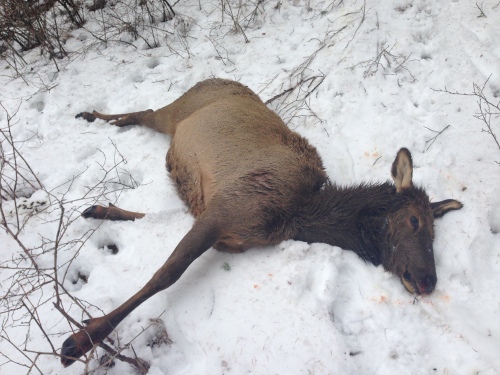
A beautiful 2 year old cow elk. In this animal lies hundreds of pounds of the healthiest meat you can’t buy at a store, nutritious fat for cooking, bone broth to boost the immune system, a hide for tanning, sinew for crafts and glue, and many other possibilities that are only limited by time and desires.
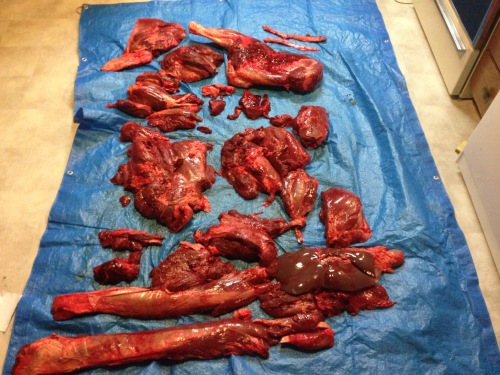
Cuts of meat. I skinned and de-boned this elk in the field. It saved a lot of time on the butchering and a lot of weight hauling out. Those long strips of meat in the bottom of the picture are the tenderloins covered in sinew. All muscle groups contain sinew but these strips are the longest and easiest to process.
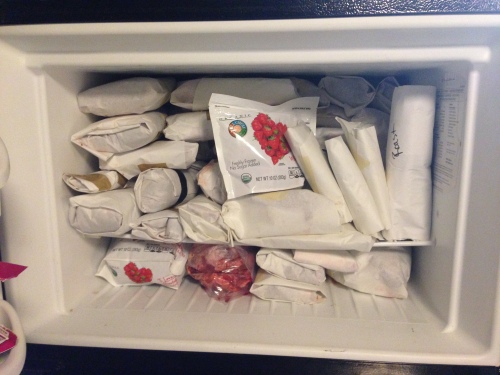
A freezer full of meat is a great feeling. The meat can be ground up into burgers and breakfast sausage, cut for stews and steaks, or marinated and dried into jerky.
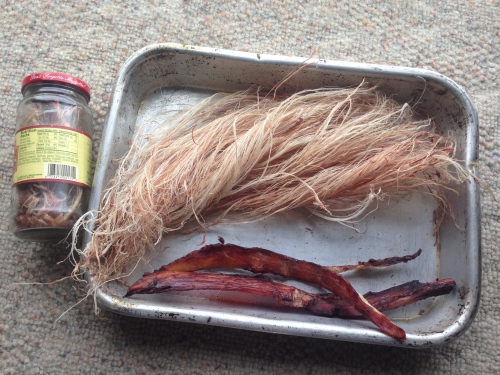
Here is what the sinew looks like after being dried and pulled apart. This is the strongest natural fiber in the world and was used by primitive people for sewing, bow strings, floss, gluing to the backs of bows to make them shoot faster, and probably many uses I’ve never heard of. I’ll use this sinew to back my bighorn horn bow. I saved the short scrappy pieces and put them in that jar to make the highest quality natural glue – also for the horn bow.
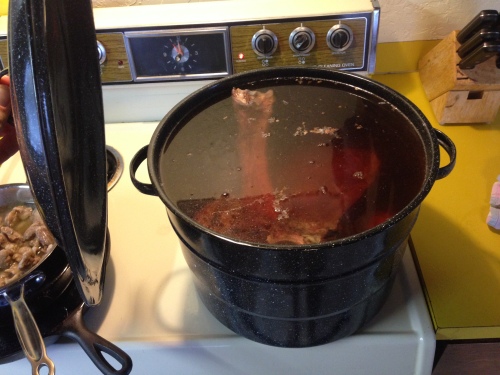
Just believe me when I tell you that bone broth is worth your time. If you aren’t including it as part of your diet then take a few minutes to research the benefits to the immune system, joints and ligaments, tooth enamel etc. There are a few things that every person on earth consumed for thousands of years, for good reason, that has since been forgotten. Bone broth is one of them. Also organ meats and animal fat. I like to roast the bones for half an hour to improve flavor then add veggies.
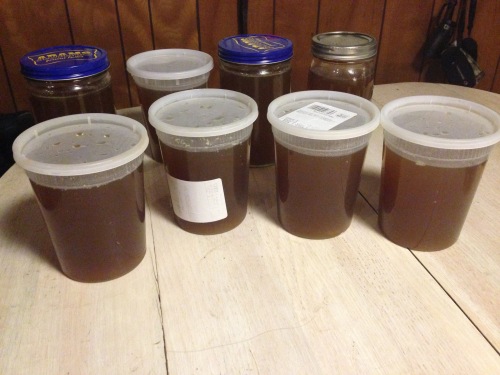
Strain, jar and freeze. Use glass jars – not plastic like me. Use the broth for stews or drink it straight when you are feeling sick.
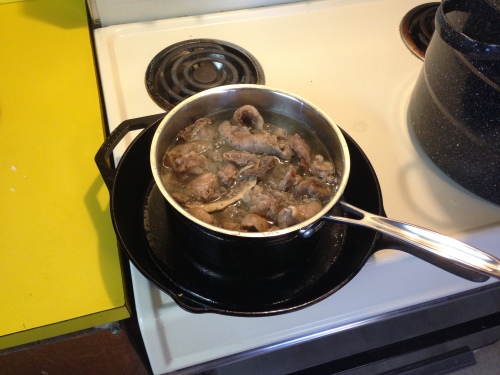
You can cut any and all fatty bits off of your animal and render it to make high quality lard. Just put the chunks in a pot on top of a cast iron pan (this helps avoid burning) and simmer for several hours. You can speed up the process by cutting the fat into smaller pieces.
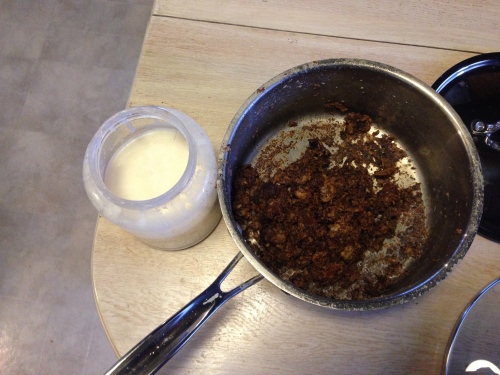
You’ll know when you’ve gotten out all the fat. The pieces will turn into dried up little cracklin’s.
